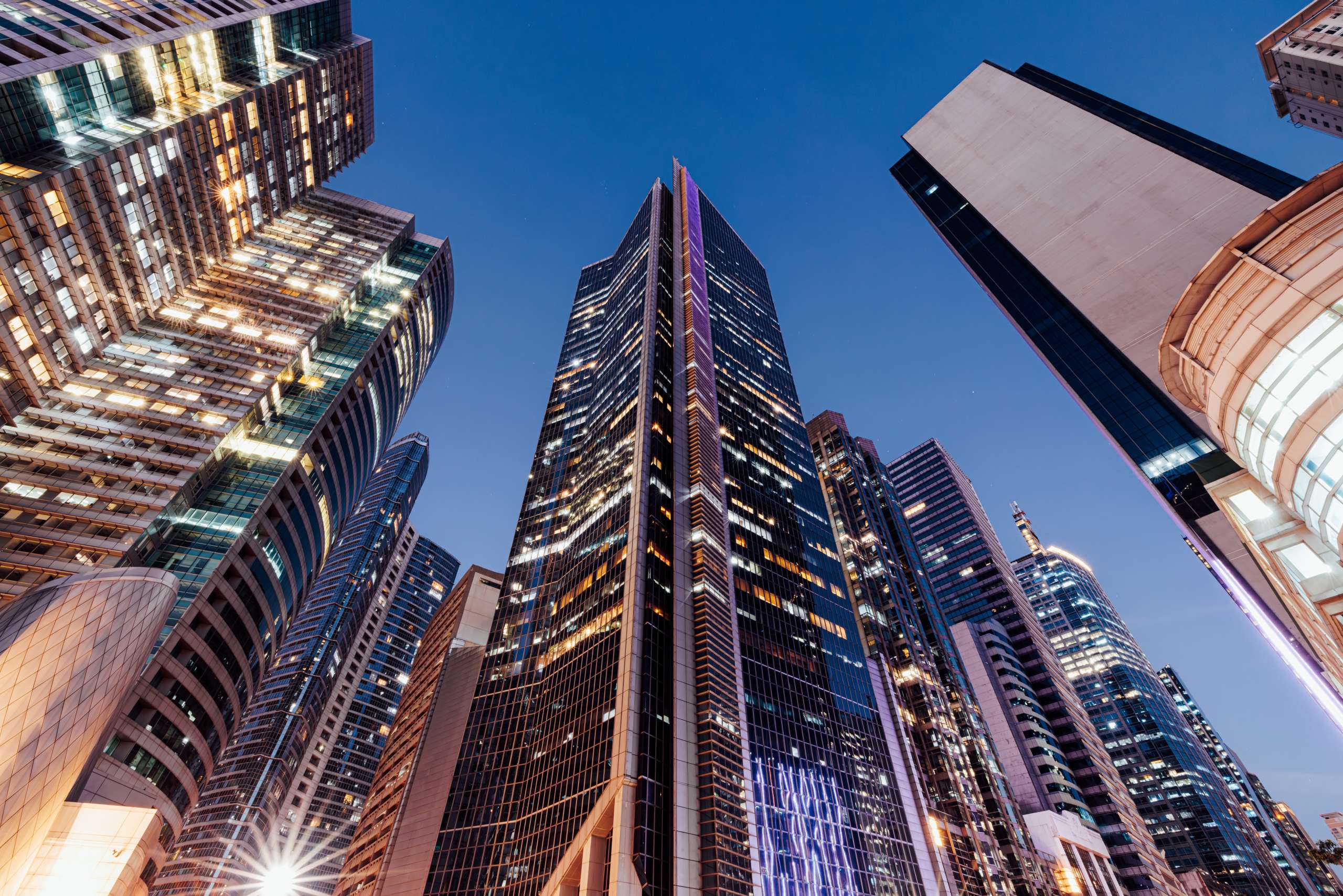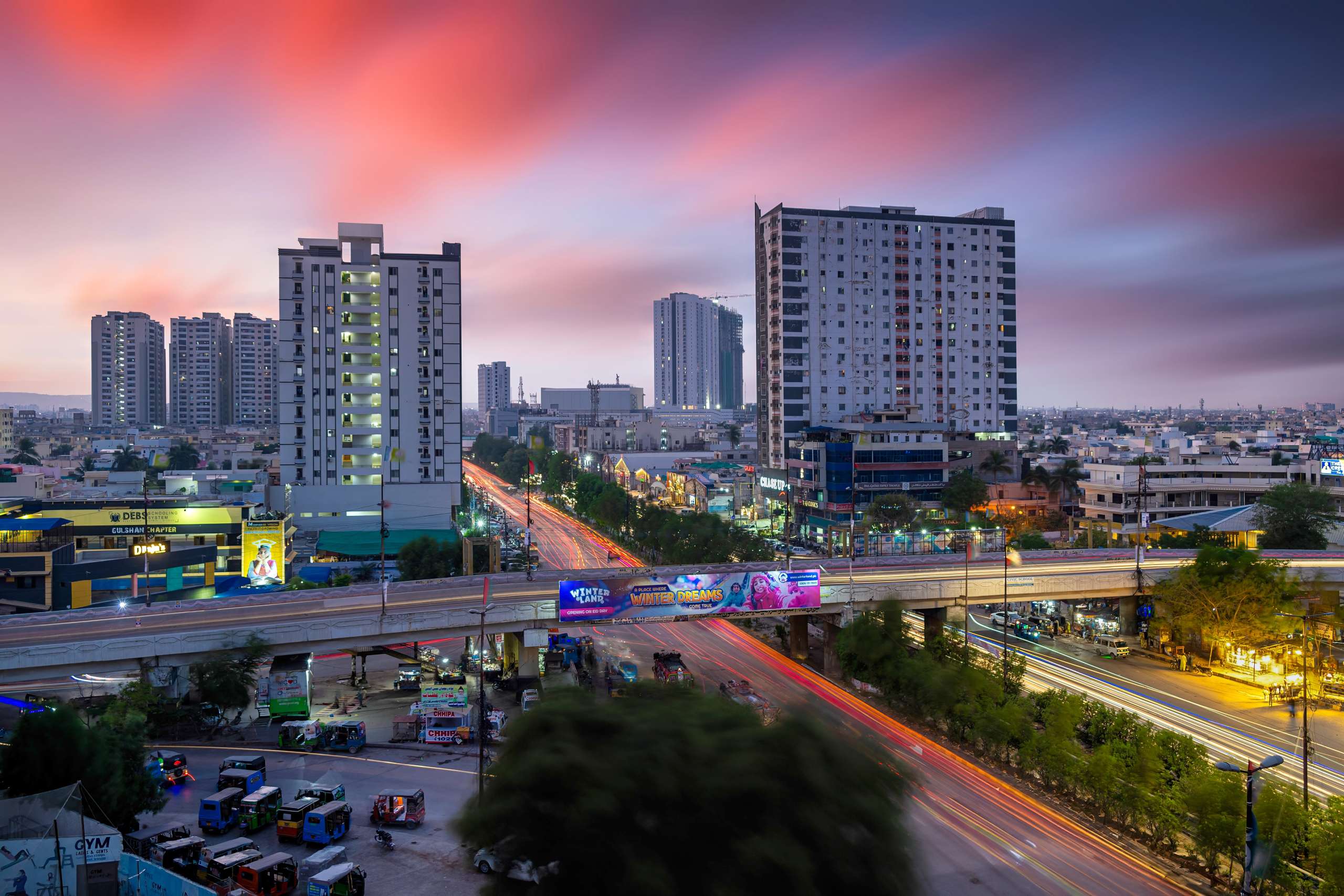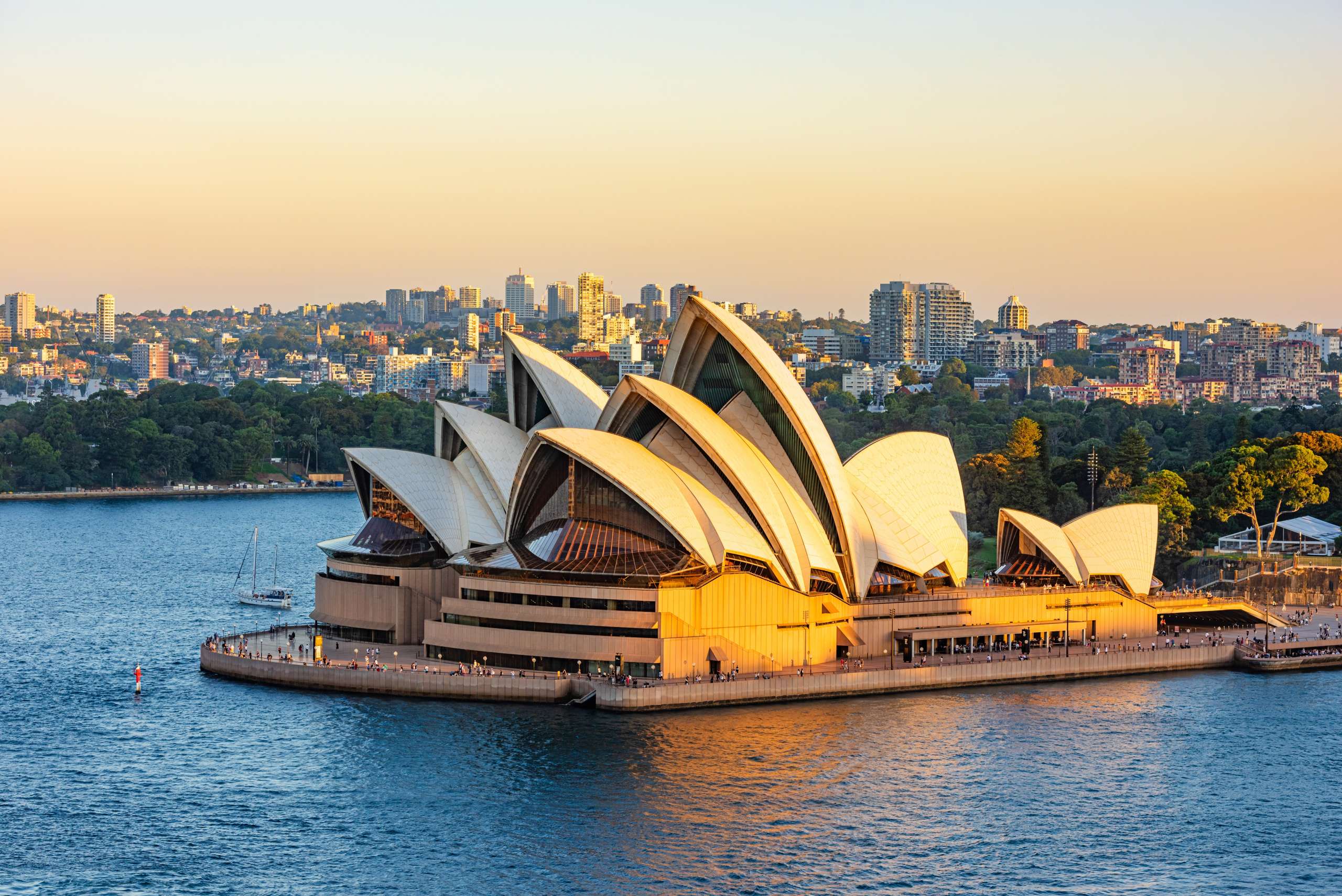Newsletter
Keep yourself update with our current news for Juwai IQI

September 2025 Strategic Rebalancing in a Diverging Policy Environment
Written by Hamid R. Azarmi, Head of Business DevelopmentIn September 2025, global markets are navigating a complex macroeconomic landscape marked by persistent but uneven disinflation, diverging monetary policies, and slowing yet resilient growth. U.S. core PCE inflation remains elevated at 2.8%, fuelling cautious optimism for a Federal Reserve policy shift. The Bank of England has begun gradual rate cuts, while the Bank of Japan maintains its stance amid upward inflation revisions. These differing approaches are adding volatility to interest rates, currencies, and capital flows, requiring investors to adopt a more strategic and risk-aware posture. Portfolio positioning now calls for a focus on quality, liquidity, and selective opportunity. Short-duration sovereign and investment-grade corporate bonds remain preferred to manage policy uncertainty, supported by diversified global exposure and currency hedging. In equities, defensive holdings in companies with strong balance sheets, stable cash flows, and pricing power are favoured, with Europe and select Asia-Pacific markets offering better value than the U.S. Real estate investments should prioritise structurally resilient sectors such as logistics, data infrastructure, and ESG-compliant residential, avoiding underperforming legacy office and retail. Selective exposure to emerging markets like India and Southeast Asia is attractive due to improving yields and strong domestic demand, but active management and currency vigilance remain key.
10 September

Hong Kong Property Market Balances Between Luxury and Rental
Hong Kong’s property sector is sending a mixed picture. In June, the office market posted a positive net absorption of 44,200 square feet, led by financial tenants such as TPG 6th Street Partners expanding in Central. Yet office rents slipped 0.5 per cent, with Hong Kong East recording the sharpest drop.On the residential side, primary market transactions rose 16.7 per cent month-on-month to 2,147 units, driven by aggressive discounts and new launches. The Deep Water Pavilion sold all 138 units within a single day. Luxury demand also held firm, highlighted by a Mount Nicholson penthouse sold for HKD 609 million.While secondary activity remains subdued, the strength of the primary and luxury segments underscores Hong Kong’s enduring appeal, even as broader recovery momentum stays uncertain.Explore the full analysis and market updates from other countries here!Download
4 September

India Emerges as Trump Organisation’s Most Profitable Market
India has become the Trump Organisation’s largest market outside the United States, with seven luxury projects already delivered across major cities. Following Donald Trump’s election in 2024, the company announced six new developments in Gurugram, Pune, Hyderabad, Mumbai, Noida, and Bengaluru.Together these projects will add eight million square feet of branded luxury real estate, more than quadrupling the firm’s footprint since 2024. The asset-light model, based on brand licensing rather than direct construction, ensures strong profits with minimal capital risk.Once completed, the India portfolio will reach 11 million square feet, solidifying the country’s role as both the cornerstone of Trump Organisation’s global expansion and its most profitable international market.Explore the full analysis and market updates from other countries here!Download
4 September

Philippine Property Market Surges with Strong Demand
The Philippine housing market remains resilient in 2025, with the Residential Real Estate Price Index rising 7.6 per cent in Q1. Condominiums led growth at 10.6 per cent, especially in Metro Manila where prices climbed nearly 14 per cent. Detached homes rose more modestly at 4.5 per cent.The office sector is equally vibrant, with leasing activity up 80 per cent in the first half of the year, driven by IT-BPM expansions in Ortigas and Taguig. Regional cities such as Cebu and Davao are also emerging as strong growth centres.Sustainability is becoming central, with more developers prioritising green-certified projects. With infrastructure upgrades, remittances, and expected rate cuts supporting demand, the outlook for the Philippine real estate sector remains robust.Explore the full analysis and market updates from other countries here!Download
4 September

Pakistan’s Mixed-Use Developments Drive Real Estate Growth
Pakistan’s property market is gaining momentum as mixed-use developments reshape urban living. With urbanisation nearing 39 per cent and expected to reach 50 per cent by mid-decade, demand is surging for integrated spaces that combine residential, commercial, and leisure facilities.Flagship projects in Islamabad and Karachi are attracting strong interest, offering yields between 5 and 7 per cent alongside steady capital appreciation. At the same time, regulatory reforms are streamlining approvals and boosting transparency, making the market more investor-friendly.By blending smart infrastructure, energy efficiency, and enhanced security, developers are creating assets that deliver both lifestyle value and long-term returns. Mixed-use projects are quickly becoming the cornerstone of Pakistan’s evolving real estate sector.Explore the full analysis and market updates from other countries here!Download
4 September

Vietnam’s Housing Affordability Gap Widens in 2025
Vietnam’s residential property market is facing a growing affordability challenge, particularly in Hanoi where mid-range apartments have nearly disappeared. New launches are priced above VND60 million per square metre, with many pushing past VND100 million, leaving middle-income buyers priced out.In Ho Chi Minh City, however, the secondary market is rebounding as long-standing legal hurdles are resolved. Older apartments, once undervalued, are now seeing price increases of 15 to 24 per cent, with popular projects such as Saigon Royal and The Tresor gaining strong momentum.This shift highlights the dual reality of Vietnam’s property landscape: rising barriers for first-time buyers but renewed opportunities for investors and sellers in the secondary market.Explore the full analysis and market updates from other countries here!Download
4 September

Canada’s Housing Market Balances as Buyers Gain Negotiating Power
Canada’s property market is entering steadier waters, with June home sales up 2.8 per cent month-on-month and 3.5 per cent year-on-year. The national sales-to-new-listings ratio now sits at a balanced 50 per cent, signalling healthier market conditions.Toronto recorded its strongest July sales since 2021, rising 10.9 per cent compared to last year, supported by lower borrowing costs and improved affordability. Quebec City and Montreal also stood out with double-digit annual sales growth, highlighting strong regional demand.Prices remain under pressure in Ontario and British Columbia, yet national averages have largely stabilised. Elevated inventories suggest buyers have stronger negotiating power, pointing to a more balanced outlook heading into the second half of 2025.Explore the full analysis and market updates from other countries here!Download
4 September

Australia Extends Property Winning Streak with 6 Months of Growth
Australia’s housing market continued its winning streak in July, recording a 0.6 per cent rise in national values and extending six straight months of growth. The upswing is being fuelled by low supply, improved buyer sentiment, and easing interest rates, although affordability remains a challenge.Darwin led the charge with a 2.2 per cent increase, while Perth saw its strongest gain since 2023 at 0.9 per cent. All capital cities recorded growth, with houses outperforming units and pushing the price gap to a record $223,000. Over the quarter, dwelling values climbed 1.8 per cent, the highest in more than a year.With listings nearly 20 per cent below average and auction clearance rates staying strong, tight supply continues to favour sellers. As demand holds firm, those who act strategically can still achieve premium results in a competitive market.Explore the full analysis and market updates from other countries here!Download
4 September

































